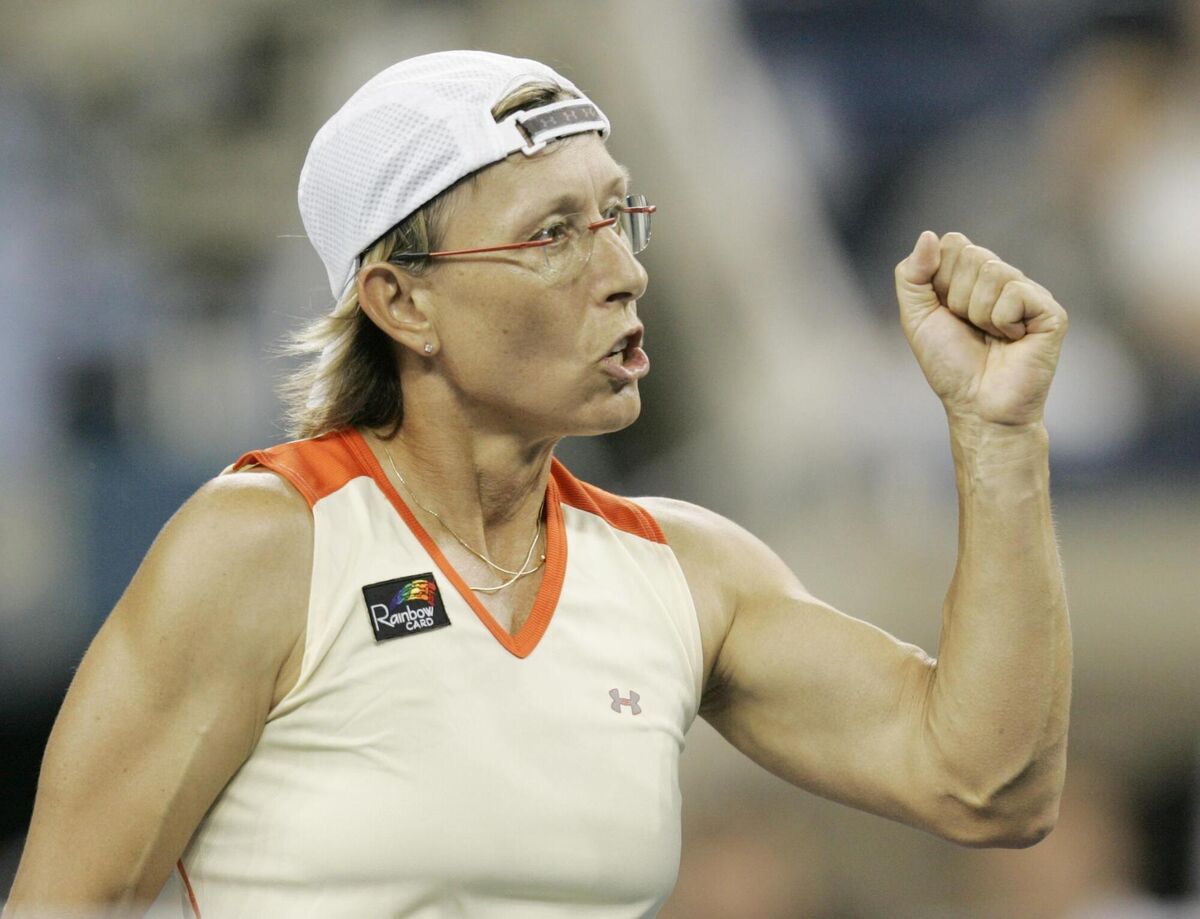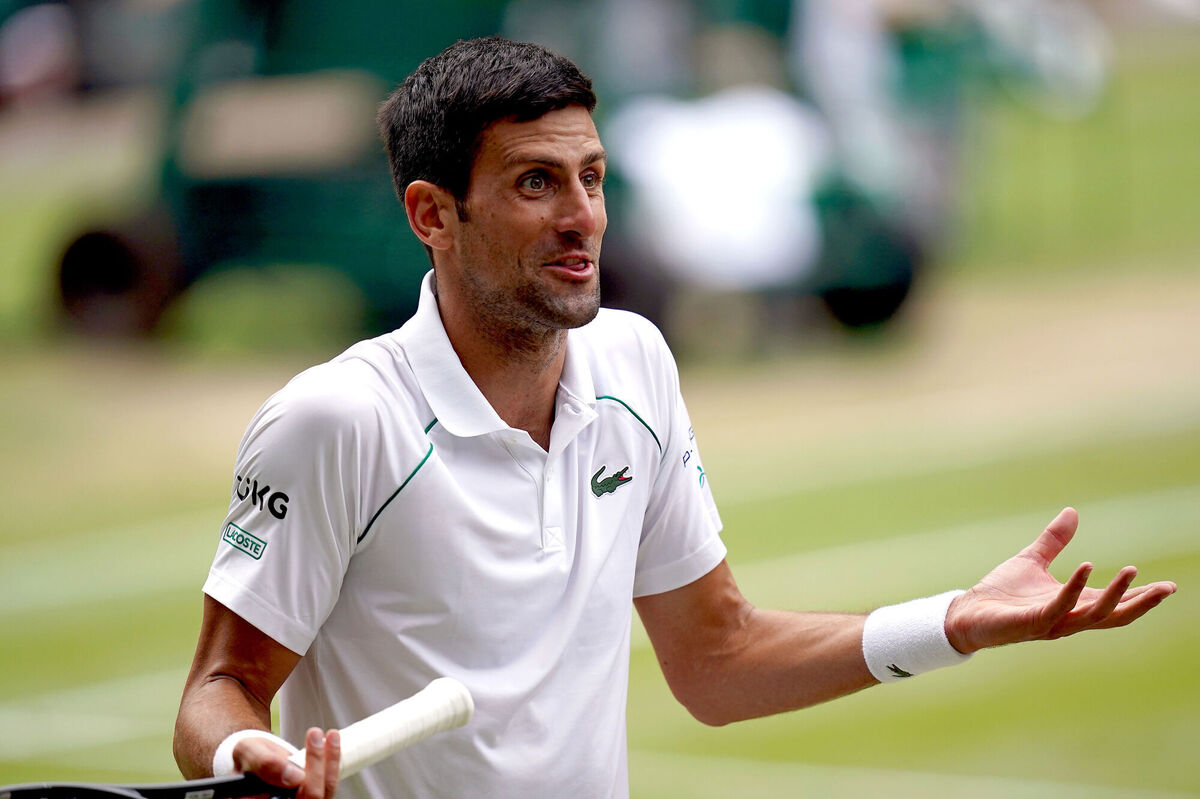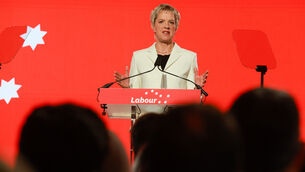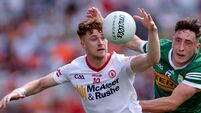Clodagh Finn: Making elite athletes our role models serves none of us well

Poland's Iga Swiatek celebrates after winning the final match against Turkey's Ons Jabeur at the Italian Open tennis tournament, in Rome.
- 1. That wearing a similarly branded T-shirt is going to improve my backhand;
- 2. That brilliance on the court is a transferrable skill.

There is no issue with admiring an elite sportsperson. I can’t say enough about Martina Navratilova, possibly the greatest player of all time, for example. When she was diagnosed with breast cancer, she spoke openly about dealing with the shock of seeing her life change in a nanosecond.

The tennis star said later that he was never against vaccination, having been vaccinated as a child, but believed a person should have the right to choose what they put in their body.















